Caesar Li

Most stroke rehabilitation occurs at home, where patients perform exercises without direct therapist supervision. However, clinicians lack tools to remotely monitor performance or dynamically adjust treatment. This project investigates the use of large language models (LLMs) for code generation to support therapist-driven, personalized rehabilitation. We developed a prototype system that enables occupational therapists to author custom exercise programs via natural language, which are translated into executable code and delivered through augmented reality (AR) headsets. These programs guide patients step by step, deliver real-time feedback, monitor task completion quality, and generate […]
Bryan Li
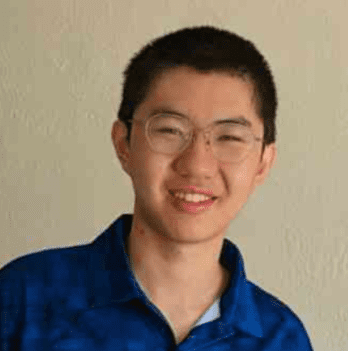
My project focuses on analysis of mathematical models of twisted multilayer graphene (TMG), which is a material arising from stacking multiple layers of graphene together, which exhibits many special electronic properties at certain angles, including superconductivity. When there are two layers, this is called twisted bilayer graphene (TBG), and this material has been studied extensively both experimentally and mathematically. However, less is known about TMG. Mathematically, the behavior of TBG and TMG are determined by the “electronic bands” (see Fig. 1). In certain kinds of even-layered TMG, there are points […]
Aniruddh Venkatesan

Often in arithmetic algebraic geometry, there are two prime numbers of interest – one prime “controls the geometry”, while the other “controls the algebra”. When these two primes differ, often called the “ l =/= p” case”, the theory is much more classical and well-behaved, and was mostly worked out in the 60’s and 70’s. However, when the two primes are the same, called the “l = p” case, most of the well-behaved structure of the theory goes away. A major goal of late 20th century arithmetic geometry was to […]
Alex Shaw Jr

Humans have sent nearly 100 telescopes into space, each sensitive to electromagnetic radiation in a particular energy range. Inherent inconveniences in instrumental techniques have rendered the 0.1 – 100 MeV range rather difficult to explore: a regrettable circumstance, for the domain of nuclear physics–including signatures of nucleosynthesis–lies therein. The Compton Spectrometer and Imager (COSI) is a telescope being developed that is designed for imaging and performing spectroscopy precisely in that spectrum from 0.2 – 5 MeV. It comprises 16 germanium detectors (GeDs) with excellent energy and sub-mm 3D position resolutions. […]
Abby Schleigh
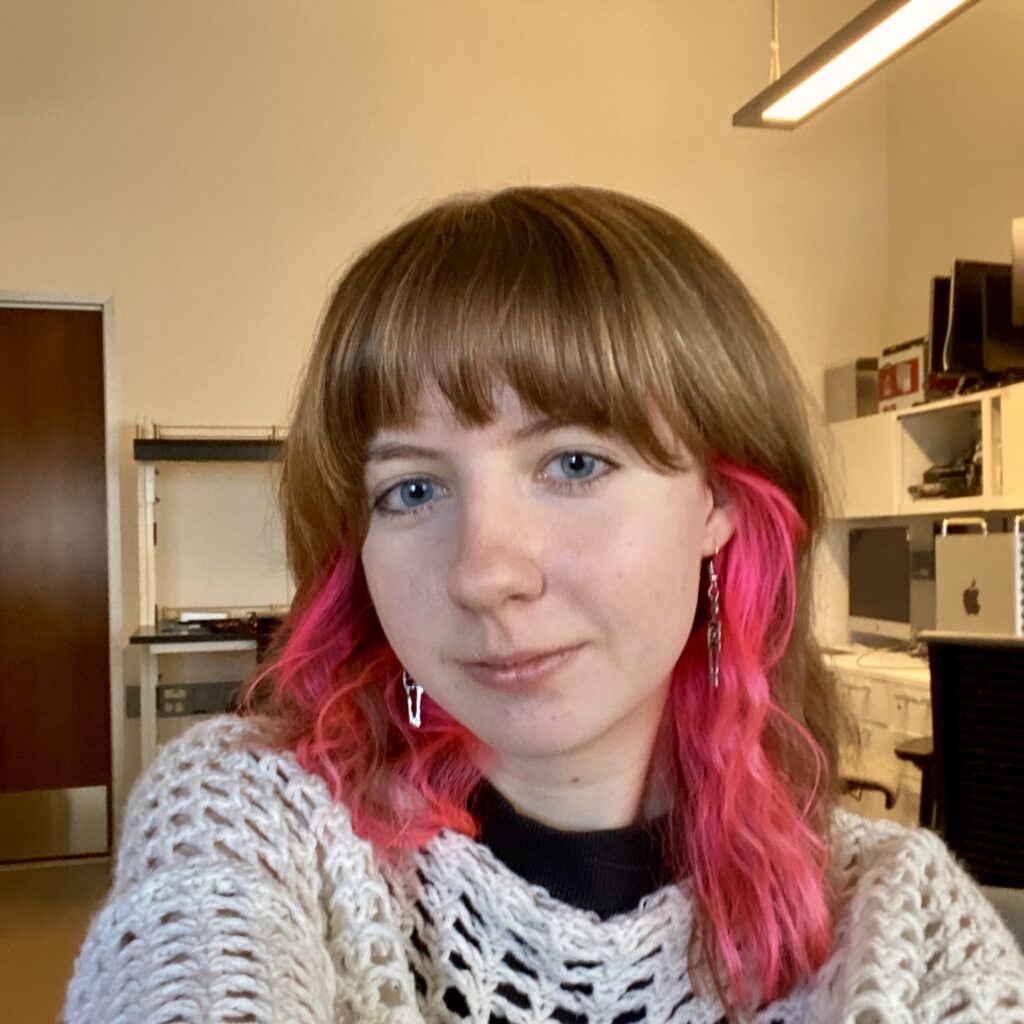
Baryonic feedback from active galactic nuclei (AGN) is often cited as the reason for the reduced star formation rate in massive galaxies at redshifts z<2, known as “cosmic downsizing”. However, the precise physical mechanism responsible for cosmic downsizing is not fully understood. Among the redistributed baryons are free electrons, which undergo inverse Compton scattering with cosmic microwave background (CMB) photons in a process known as the thermal Sunyaev-Zel’dovich (tSZ) effect. As a result, the tSZ effect can be used to study the amount of feedback expelled from an AGN. Through […]
Aathreya Kadambi
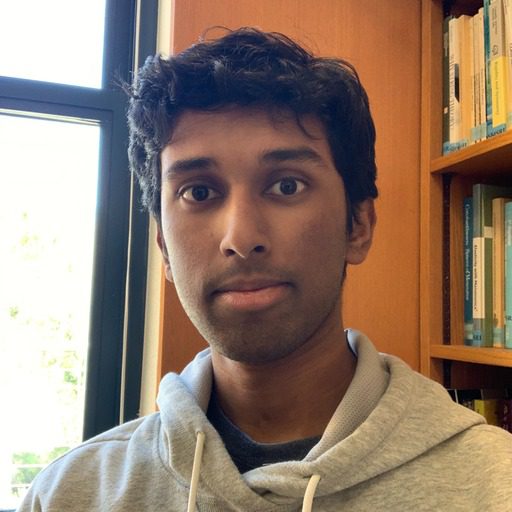
In this project, I will use a generalized Potts model—a statistical physics-based model that captures pairwise residue interactions in protein sequences—to determine the degree to which AlphaFold2’s implicit energy function relies on coupling information between different positions in a multiple sequence alignment (MSA). AlphaFold2 (AF2), a neural network for protein structure prediction, has been remarkably successful in predicting protein structures, but its underlying learned representation remains a black box. If AF2 implicitly learns something akin to a Potts model, then this would provide evidence that its neural network has learned […]
Yijin Wang

This project aims to enhance the performance of Physics-Informed Neural Networks (PINNs) in simulating fluid dynamics, specifically addressing the challenge of spectral bias which can skew simulation accuracy. Our approach involves developing adaptive training strategies that empower PINNs to more precisely model a diverse range of fluid behaviors, from steady, predictable patterns to dynamic, turbulent flows. By integrating principles from the neural tangent kernel theory, we are meticulously fine-tuning the training processes of these networks. This involves recalibrating how PINNs learn from data, focusing on a balanced assimilation of both […]
Roger Yu
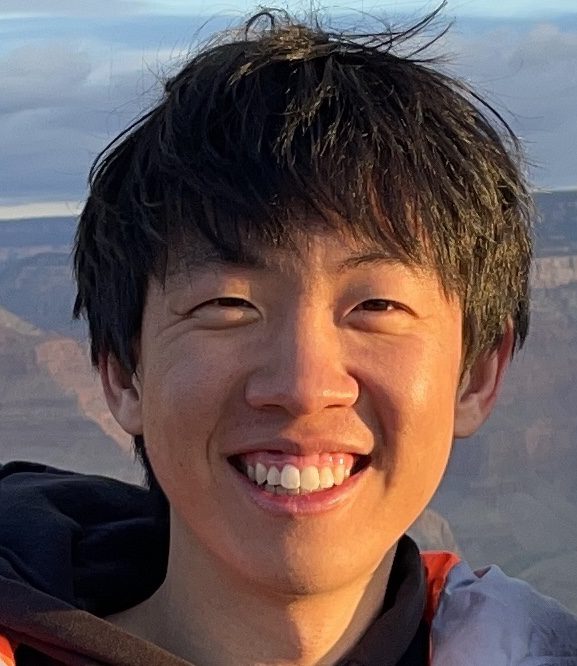
Secular chaos has been identified as a factor destabilizing celestial bodies such as Mercury, and the creation of hot Jupiters in extrasolar systems. “Secular” refers to the orbit-averaged motion of a planet – we study the motions of bodies not as point masses, but as interactions between massive elliptical wires. Secular theory dates back to the 18th century, but only in the modern era has it been realized that it can lead to chaos. This project aims to investigate secular chaos within an N-body planetary system. While 2-planet systems have […]
Reyansh Sathishkumar
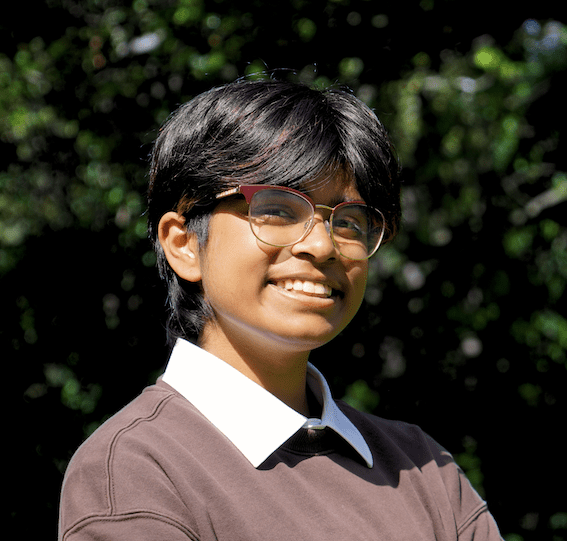
A major goal of neuroscience is understanding how the anatomical structures of the brain support and affect function, and how these structures have evolved over time and influence cognition. The cerebral cortex is organized into complex folding patterns of sulci (grooves) and gyri (ridges), which can pinpoint functional areas. For many years, researchers have been manually labelling sulci and gyri. However, as more evolutionarily new and variable sulci are defined, there are higher chances of inconsistencies in labelling criteria and labels between labs. Manual labelling of sulci is also tedious […]
Xiaomei Song
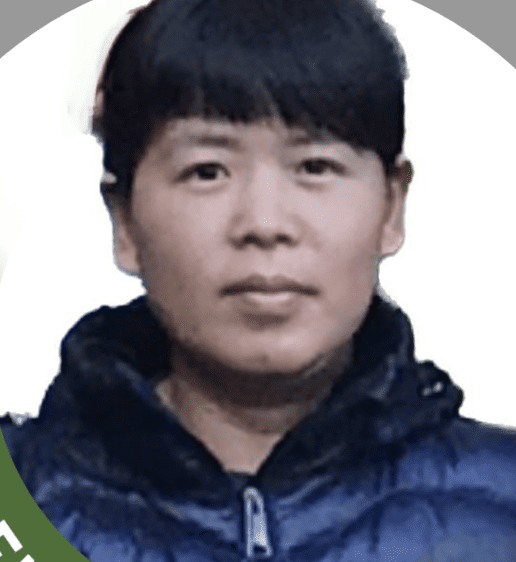
Exploring Diabetes’ Impact: Social Media Analysis with NLP This SURF project investigates the emotional and socioeconomic burdens of diabetes by analyzing social media discourse. We leverage advanced NLP techniques to categorize sentiments and topics shared by individuals. By delving into positive, negative, and neutral expressions across platforms, we aim to illuminate the complex challenges of managing diabetes beyond clinical settings. This research will provide valuable insights for patient care, and public health policies, and bridge the gap between traditional research and real-life experiences.